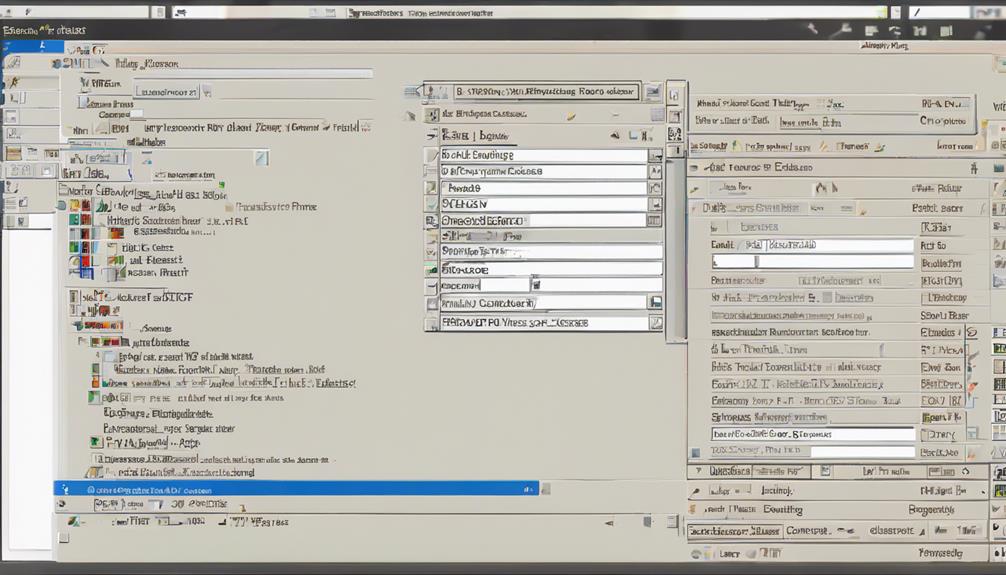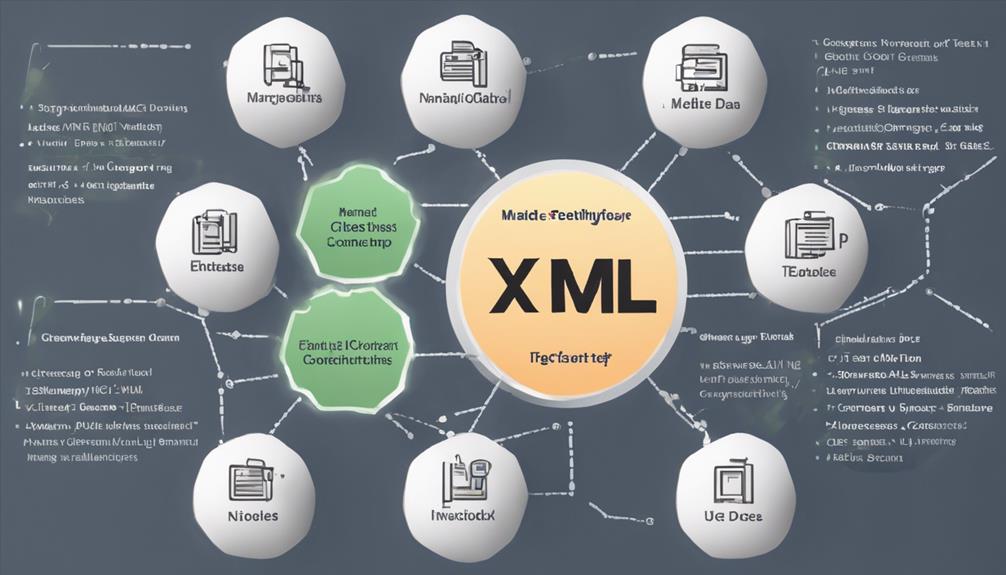Have you ever wondered how to seamlessly migrate XML data formatting services to a new platform while ensuring minimal disruption and maximum efficiency? The process involves meticulous planning, thorough testing, and strategic data migration strategies. By following a structured approach and implementing best practices, you can navigate this complex task with confidence and precision. Stay tuned to uncover the essential steps and considerations for a successful migration that elevates your data formatting services to new heights.
Planning the Migration
When planning the migration of XML data formatting services, it is crucial to establish a comprehensive roadmap that outlines key milestones and tasks. Resource allocation is a fundamental aspect that needs meticulous attention. Begin by determining the team members’ availability and expertise required for the migration process. Create a timeline that clearly defines deadlines for each stage, ensuring a structured and efficient approach.
Risk assessment is another critical component. Identify potential challenges that may arise during the migration, such as data loss or system downtime. Develop strategies to mitigate these risks and establish contingency plans to address unforeseen issues promptly.
Effective stakeholder communication is key to a successful migration. Keep all parties involved informed about the progress, challenges, and expected outcomes. Regular updates and transparent communication will build trust and ensure alignment throughout the process.
Preparing the New Platform
As you move forward with the migration of XML data formatting services, the focus now shifts towards preparing the new platform. To ensure a smooth transition, start by setting up a testing environment on the new platform. This environment will allow you to simulate the production environment and conduct thorough tests to identify any potential issues before the actual migration takes place.
When preparing the new platform, consider the infrastructure requirements needed to support the XML data formatting services. This includes evaluating the hardware specifications, software dependencies, and network configurations necessary for optimal performance. Make sure that the new platform meets or exceeds the current infrastructure in order to maintain the functionality and efficiency of the services.
Backing up Data
To ensure the integrity and security of your data during the migration process, backing up all XML data formatting services is a critical step. Data migration is a complex process, and having a secure backup ensures that no information is lost or compromised during the transition. Begin by identifying all the XML data services that need to be migrated and create a comprehensive backup plan.
Utilize secure storage solutions such as cloud services or external hard drives to store your data backups. It’s crucial to regularly update these backups to capture any changes made during the migration process. Verify the integrity of your backups by performing test restores to ensure that all data can be successfully recovered.
Setting up XML Services
How do you efficiently set up XML services for seamless data formatting and processing? Setting up XML services requires attention to detail to ensure data validation and error handling are properly managed. Follow these steps to streamline the process:
- Choose the Right XML Parser: Select a reliable XML parser that suits your requirements and supports features like schema validation.
- Implement Robust Error Handling: Develop a comprehensive error-handling mechanism to capture and address validation errors effectively.
- Set Up Data Validation Rules: Define clear data validation rules to ensure that the XML data meets the required standards before processing.
- Optimize Performance: Fine-tune your XML services for optimal performance by minimizing unnecessary processing steps and optimizing code.
Transferring Data
After setting up your XML services efficiently and ensuring robust error handling mechanisms are in place, the focus shifts to the crucial task of transferring data. Data mapping is a key step in this process, where you define how data from the existing platform will be structured and transformed to fit the new platform’s requirements. This involves mapping source data fields to their corresponding destination fields, ensuring a seamless transition.
Once the data mapping is complete, the next vital step is data validation. This involves verifying the accuracy, completeness, and quality of the transferred data. Implement validation checks to ensure that the data meets the specified criteria and is error-free. By performing thorough data validation, you can identify and rectify any inconsistencies or discrepancies before finalizing the data transfer.
Ensure meticulous attention to detail during the data transfer process to guarantee a successful migration. By carefully mapping and validating the data, you can ensure a smooth transition to the new platform, minimizing potential disruptions and errors.
Frequently Asked Questions
How Can I Ensure Data Integrity During the Migration Process?
To ensure data integrity during migration, focus on data validation procedures to verify accuracy. Implement a robust backup strategy to safeguard against potential data loss. These steps will help maintain the integrity of your data throughout the migration process.
What Are the Potential Risks Involved in Migrating XML Services?
When migrating XML services, risk assessment is crucial. Ensuring data validation is like navigating a maze – one wrong turn can lead to errors. Mitigate risks by testing thoroughly, documenting processes, and having contingency plans in place.
Is There a Recommended Timeline for Completing the Migration?
To establish a migration timeline, assess project scope, resource availability, and system dependencies. Develop a detailed implementation strategy with key milestones to track progress. Regularly review and adjust timelines to ensure a successful transition.
How Can I Minimize Downtime for XML Services During Migration?
To minimize downtime for XML services during migration, ensure real-time monitoring for immediate issue detection and implement robust backup solutions. This guarantees seamless transition and data integrity, mitigating potential disruptions and maintaining service continuity.
What Steps Should Be Taken to Address Compatibility Issues Post-Migration?
To address compatibility issues post-migration, focus on rigorous compatibility testing and data validation. Follow up with thorough post-migration troubleshooting and integration testing. This meticulous approach ensures a seamless transition and optimal performance on the new platform.



